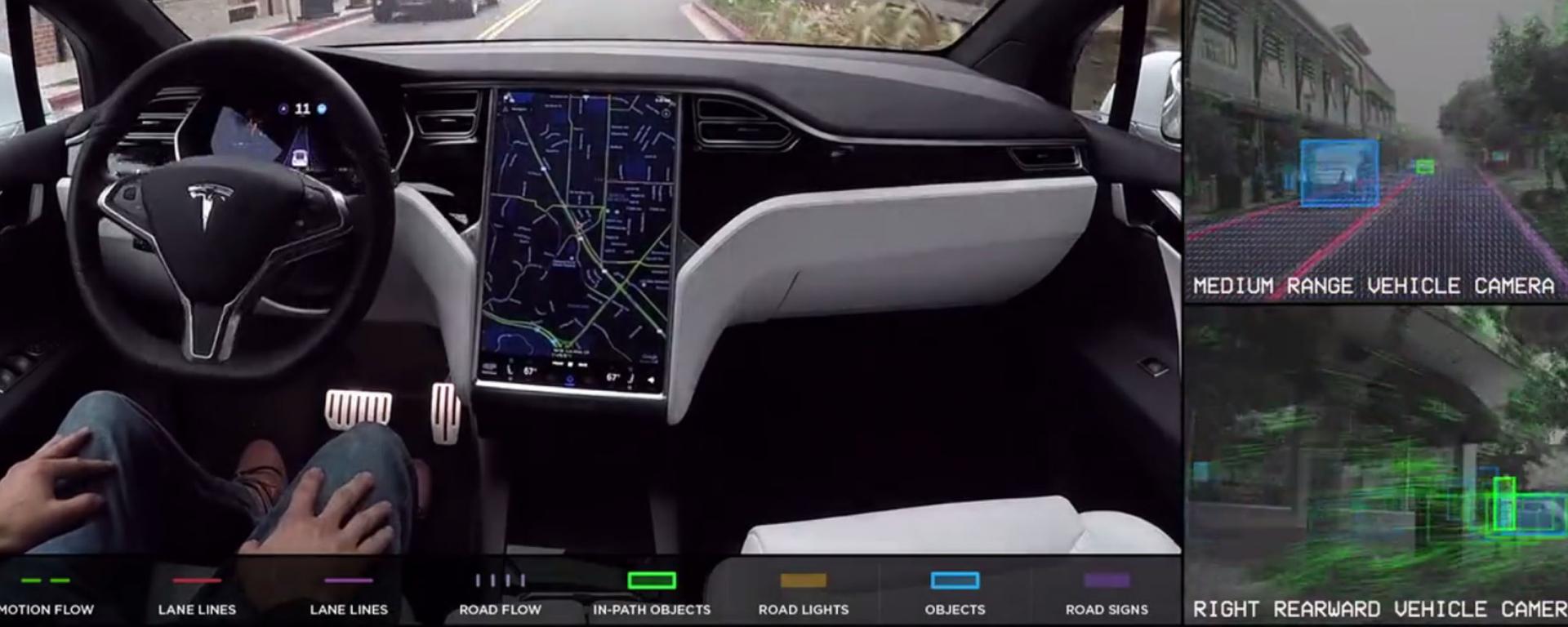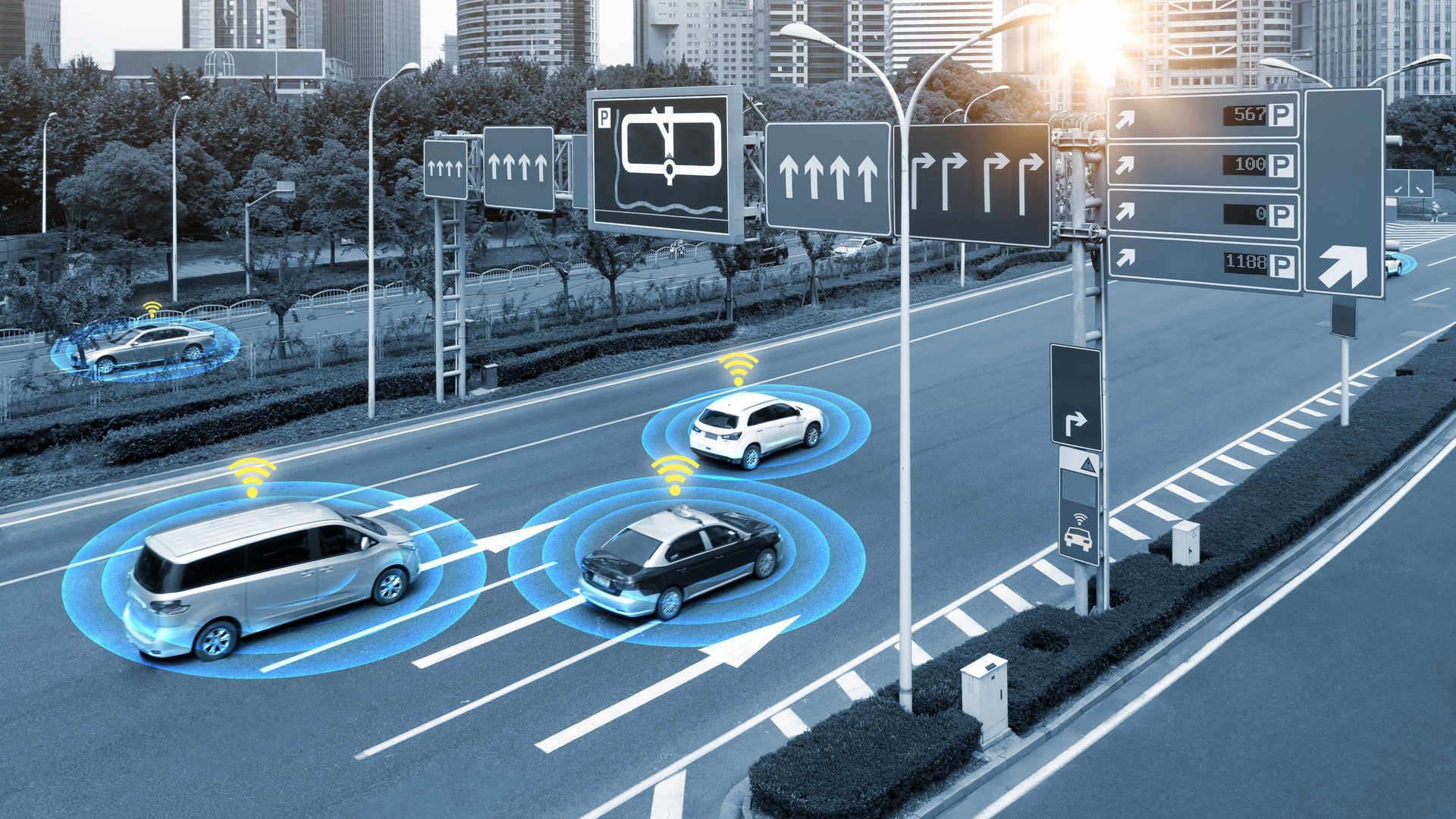© 2000-2025 - Enkey Magazine - All rights reserved
ENKEY SNC - VAT ID IT03202450924 / REA Code CA253701 - Phone. 078162719
The innovation runs much more faster than the legislature. Endless iters of the bureaucracy of the whole world, which have to review, to adjust and to change the laws of the nations to adapt them to the impetuos advancing of the technologial era. One of the many technologies which are trying to revolutionize the world, but that it has a constant need of legislative support to go on with its way, are the autonomous driving cars.
Between the many Countries which are still reticent about the autonomous driving cars there is, rightly, Italy, but not for long. Even though the critics and the warning signs launched by many countries in the world, the autonomous driving cars are becoming ever more advanced and innovative, by reaching astonishing levels of autonomy. It seems now clear that they are the future and we can just give up and adapt ourselves with the future that quickly changes.
For this reason even Italy is going to give the green light to the autonomous drive. For the moment, though, it is limited to the only tests, looking to release the full granting.
The autonomous driving cars in Italy and in the world
The autonomous drive is mainly divided in five levels of self sufficiency, so regulating their usage is much more complicated of what we think. The first level of autonomous drive, the driver assisted, provides some benefits for the driver (cruise control, back cameras, assisted parking) and they don’t require specific laws that regulate their usage. Infact, now the biggest part of the vehicles in commerce have those technologies.
By going up of autonomous’ level the things start to get complicated. Even though many cars in commerce have higher levels technologies of autonomous drive, second or third level (no vehicles currently in commerce have higher levels), those can’t be used in autonomous mode in many countries of the world, included in Italy.

By the way we are moving in the right direction to write detailed and personalised laws suited for this kind of technology.
About it the Ministry of Infrastructure and Transports works with a Technical Observatory of Support for the Smart Roads. It gave the consens, unanimously, to start with the tests on public roads.
The decree law about the autonomous drive
The decree law of which we are talking about (DM 70/2018), dates back on a protocol which was contained in the Budget Law of 2018, which regulated the smart roads and the tests about the autonomous driving cars. This protocol recently became finally reality.
This doesn’t mean, anyway, that now our streets will become futuristic smart roads and that from now on no one will drive any more his own cars. The process is slow and winding, but it start from here, from a simple and complex decree law.
According to the decree, so, from now on, the Ministry of Transport will have the autority to allow some tests, made by public and private research institutes, universities, and even the same producers. By the way those concessions are limitated to few road sections, by following specific modes and controls.
The smart roads
About what arise from the decree law it seems that the most important topic for the ministry is about the smart roads, and not the autonomous drive. But what are the smart roads?

They are intelligent streets that use the digital technology. They will communicate between them and with the smart vehicles around, doing that they will suggest the way to follow and the speed to keep, they will manage parks, crosses, accesses to every infrastructure and fuel stations. Everything is a majestic project to which was even assigned a deadline: the 2030. In the future the traffic jams and the accidents will be just a remote memory.
The first steps toward the future
By the way, like we previously said, the road toward the future is still long, especially in a country where the road network isn’t exaclty advanced.
Right for this reason the autonomous drive’s tests were limited to few sections, moslty on freeways and highways, of new realization, or to those street sections undergoing to extraordinary maintenance. Only in some years, after a deep restyling of the whole road network of the transports’ national system, the agreements will be released nationally.
Obviously the purpose of the whole project is to improve the urban and interurban mobility, in the safeguard of the road safety, for an easy future which will see drastically reduced the number of the road accidents.
We look forward to enjoy this future.
This post is also available in:
 Italiano
Italiano


